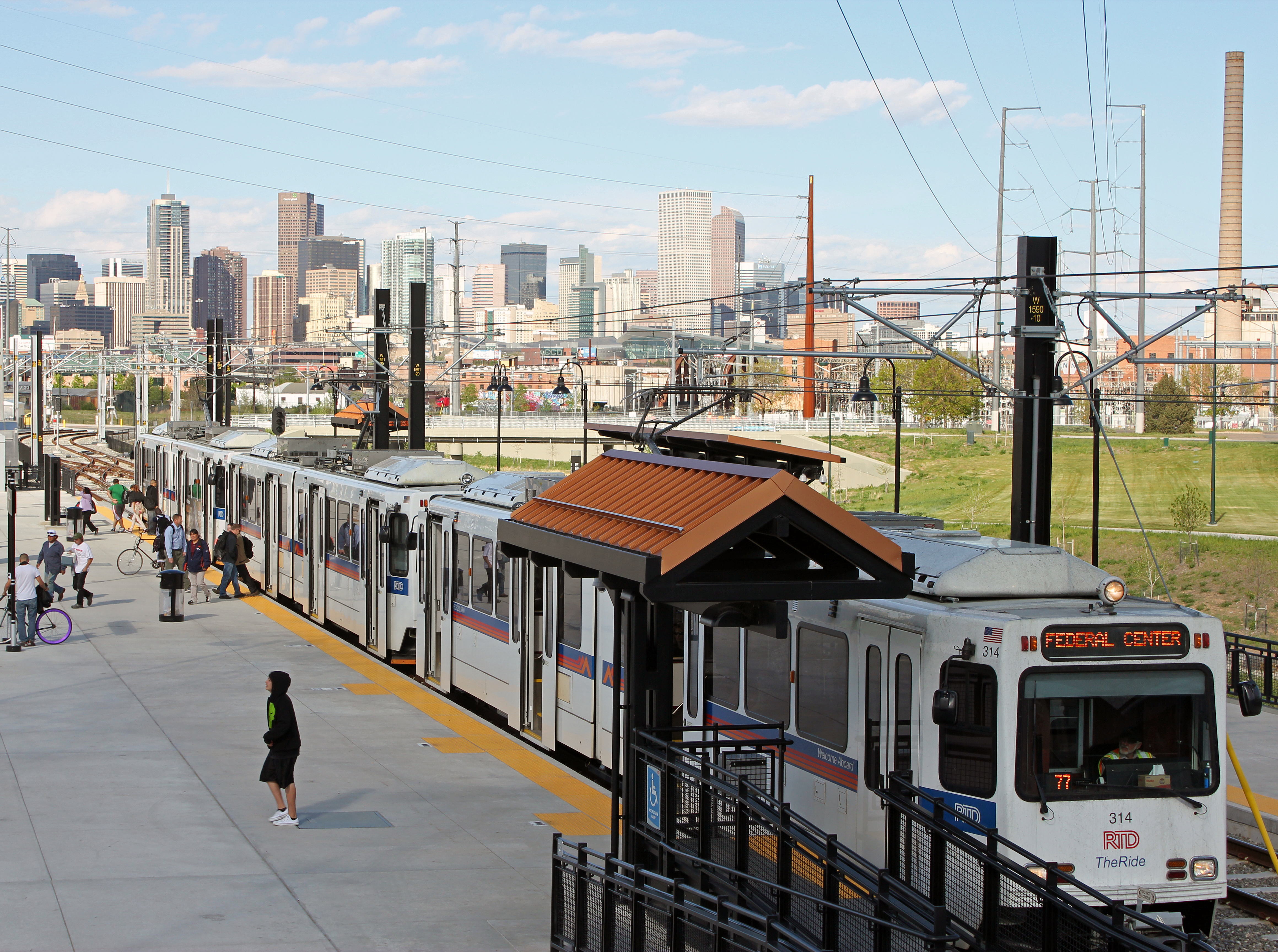
Something as basic as a sidewalk -- or the lack of one -- prevents too many people from using light rail in Denver, according to a new report released Thursday.
Mile High Connects, a collaboration of nonprofits and philanthropies, found that "last mile" connections to public transit are worst in the metro's low-income areas. The organization's executive director Dace West told CPR News' Mike Lamp that comprehensive planning is key to extending the benefits of public transit into the city's neighborhoods.
"It just takes a real intentional focus of all of us working together to make that a reality," West said.
Click the audio player above to hear the conversation, and read interview highlights below.
On one simple solution: better sidewalks
"Much of the focus is on new technologies ... things like car share and bike share. And it was really fascinating to hear that for a majority of folks the thing that is most impactful is just sidewalks. And that in many cases there aren’t really steady and reliable funding streams to be able to address that very basic need in many communities throughout the region."
On other accessibility issues
"Signage was another big piece that folks identified as being really important to being able to access transit. ... Lighting and safety is another thing that people identified very highly on the list that is a relatively simple and straightforward fix."
On low-income communities' struggles
"The years of under-investment that has happened in those communities means the infrastructure is far worse than in other communities. You see sidewalks crumbling. You see attention hasn’t been paid to basic ways people are able to get around. And in those communities it’s particularly important for us to pay attention, because they are also the ones that can benefit the most from the transit access in getting to jobs and schools and other things people need.
On funding issues
"There’s not really a permanent dedicated revenue stream that is very clearly articulated for the whole region. Instead you are seeing local jurisdictions piece together solutions. ... So it ends up being this piecemeal quilt that has some big holes in it."
On how cities are preparing for new rail lines
"We’re seeing jurisdictions make large, one-time investments. That certainly happened in Lakewood a few years ago when the West Line opened. We’re seeing the city of Aurora invest specifically around the I-225 line. For all of us it’s a struggle to make sure the funding is there in time, the infrastructure is built in time, that all of this happens in a way that allows people to use the system at the time that those rail lines open. It may be a process where we see these connectivity challenges catch up after the rail opens."









